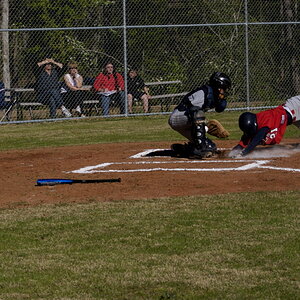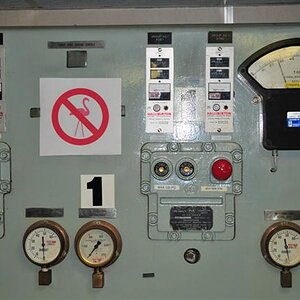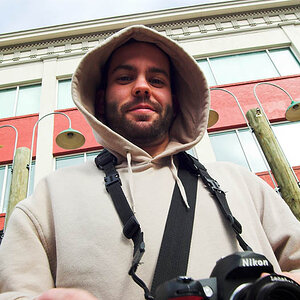AimeeLynC
TPF Noob!
- Joined
- Aug 13, 2013
- Messages
- 35
- Reaction score
- 18
- Location
- NC
- Website
- www.aimeelynprints.com
- Can others edit my Photos
- Photos OK to edit
I have a totally noob question :blushing:
I am currently in school for Animal Care and will also be attending a training academy for K9 Training for Law Enforcement. My point is, I attend Police K9 Training every Monday and I plan to bring my camera along next week. I would love to capture some great shots of the dogs and their officer's in action.
Obviously, I need to set my shutter speed so that the dog's are not blurred as they will be moving the whole time. (and the officer). But I don't want a wide aperture because I want everything in focus. I am curious if this was you, what settings would you use?
I have a Canon 10D and will be using a 70-200 lens. The time will be between 6:00pm and 8:00pm. I feel okay about 6 to 7 but once it starts getting a little dark, I freak out. I don't want to jack my ISO up (the photos may be printed into calendars later and I don't want a lot of noise), and there will be lots of movement. So, I feel that it will be dark and blurry. This is the one thing I have always had a problem with and I'm not sure why I can't understand it
Sorry if I sound completely silly, your help is greatly appreciated!
I am currently in school for Animal Care and will also be attending a training academy for K9 Training for Law Enforcement. My point is, I attend Police K9 Training every Monday and I plan to bring my camera along next week. I would love to capture some great shots of the dogs and their officer's in action.
Obviously, I need to set my shutter speed so that the dog's are not blurred as they will be moving the whole time. (and the officer). But I don't want a wide aperture because I want everything in focus. I am curious if this was you, what settings would you use?
I have a Canon 10D and will be using a 70-200 lens. The time will be between 6:00pm and 8:00pm. I feel okay about 6 to 7 but once it starts getting a little dark, I freak out. I don't want to jack my ISO up (the photos may be printed into calendars later and I don't want a lot of noise), and there will be lots of movement. So, I feel that it will be dark and blurry. This is the one thing I have always had a problem with and I'm not sure why I can't understand it
Sorry if I sound completely silly, your help is greatly appreciated!


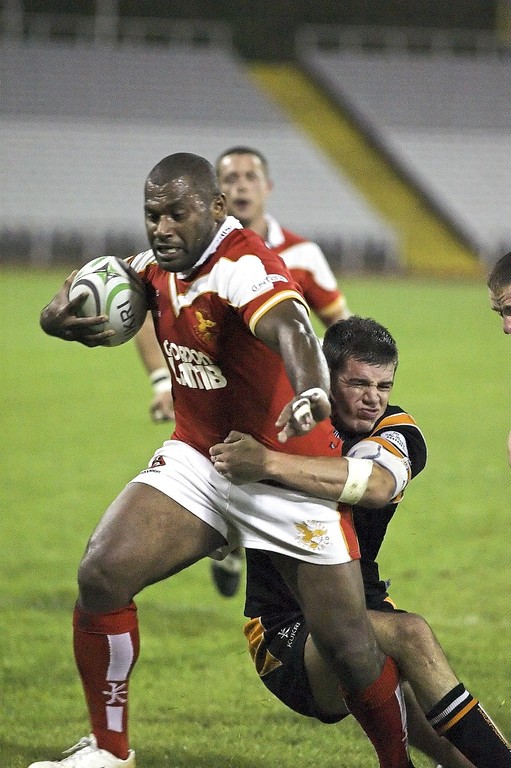
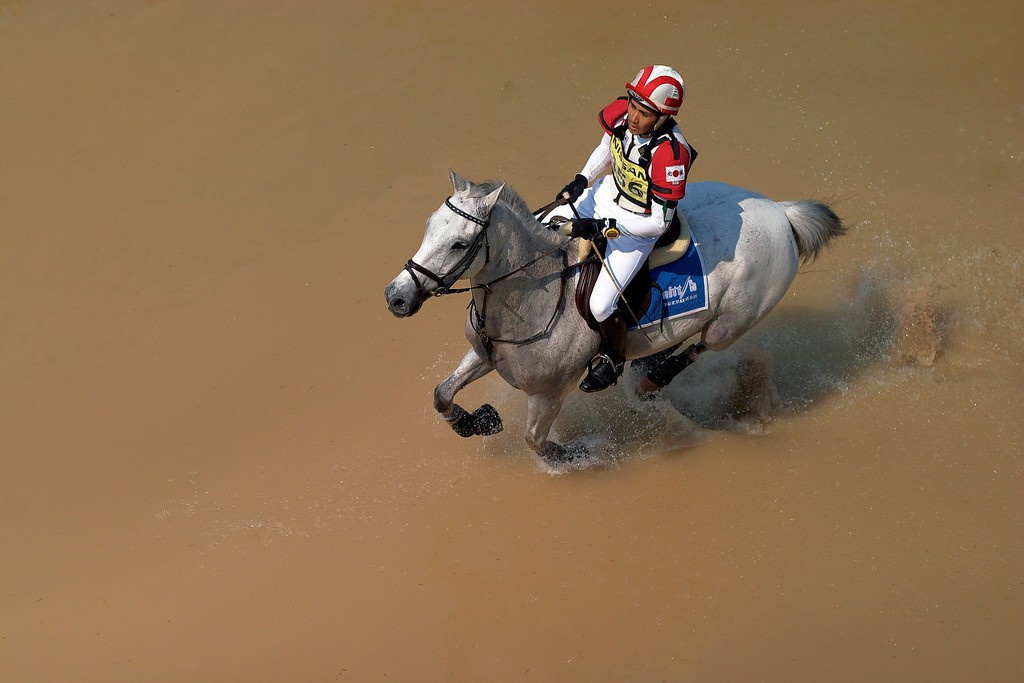
![[No title]](/data/xfmg/thumbnail/38/38722-8003d9d84f1c7164b5c8f2b884c2e428.jpg?1619738702)
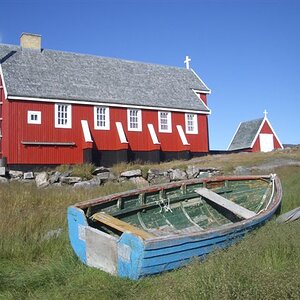
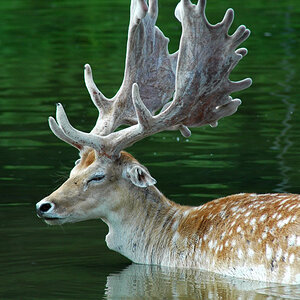
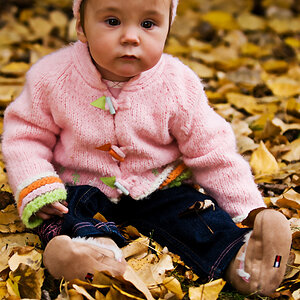
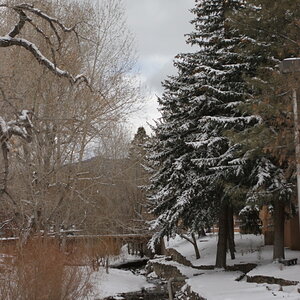
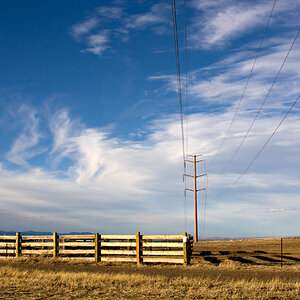
![[No title]](/data/xfmg/thumbnail/36/36650-edd8c21212fe9fbd7e59bfb08cdc91ea.jpg?1619737672)
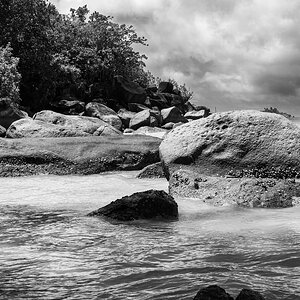
![[No title]](/data/xfmg/thumbnail/32/32633-d833b07b761b12c973eb0d27505935d4.jpg?1619735553)
